1. Big Eyes and Round Faces
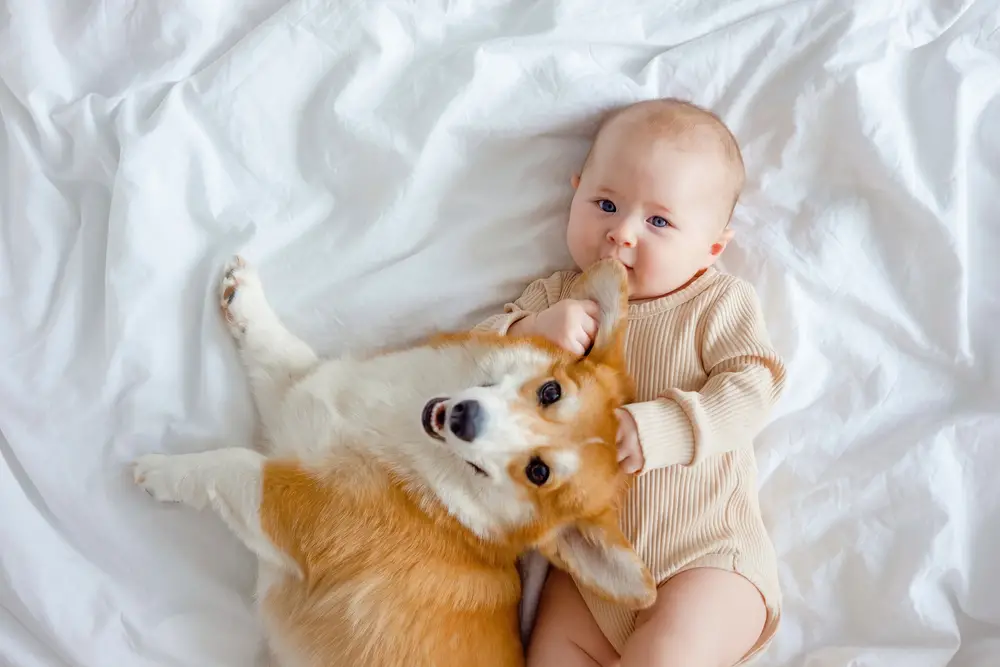
Both puppies and babies share large eyes and round faces, classic features that trigger our brain’s “cute response.” But puppies’ eyes are often a bit larger relative to their heads, giving them that exaggerated, doe-eyed look that can be hard to resist.
2. Exaggerated Baby-Like Features
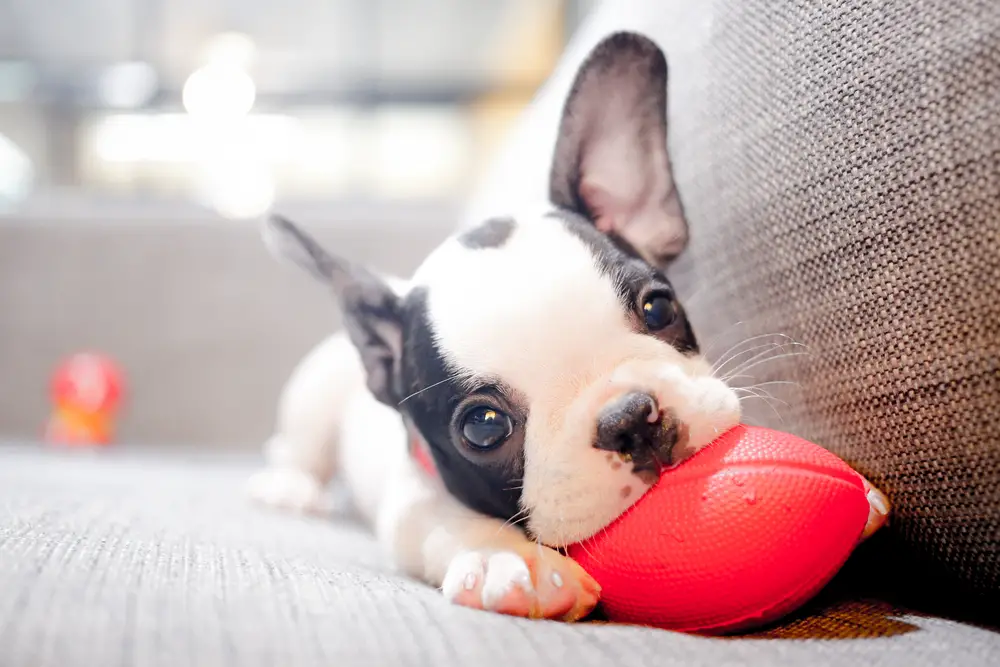
Evolution has endowed puppies with features that mimic baby-like characteristics—tiny noses, fluffy fur, and small mouths. This triggers a nurturing instinct in our brains, similar to how we respond to human babies, but often even more strongly.
3. The Power of Furry Textures
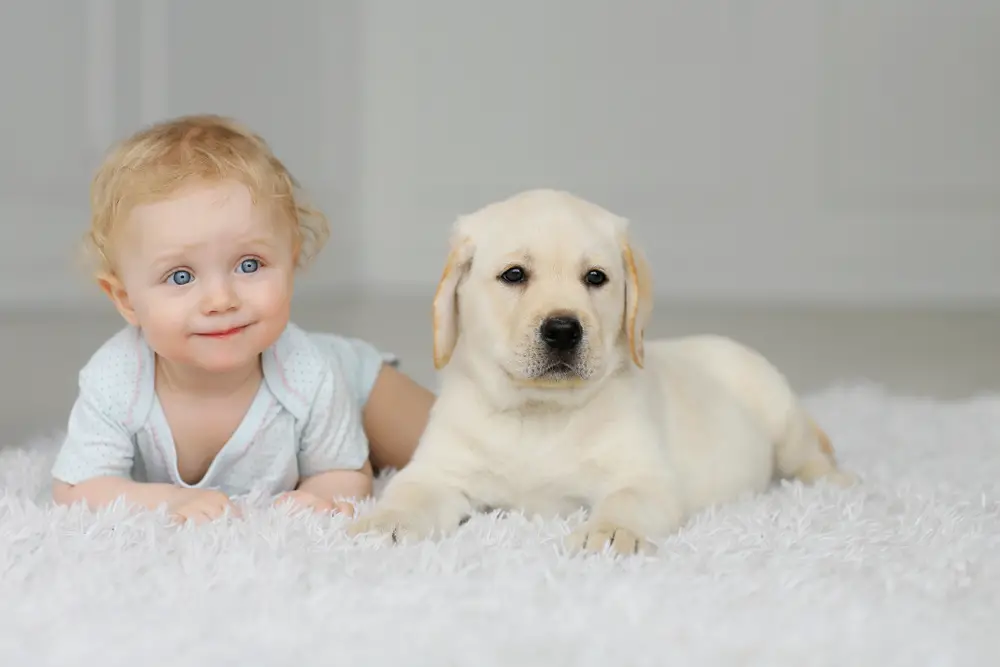
Puppies are covered in soft, fuzzy fur, which we associate with warmth, comfort, and safety. This fuzzy texture engages our sense of touch and makes them even more endearing. Babies are cuddly, but puppies’ fur seems to heighten that urge to snuggle.
4. Their Playful Movements are Mesmerizing
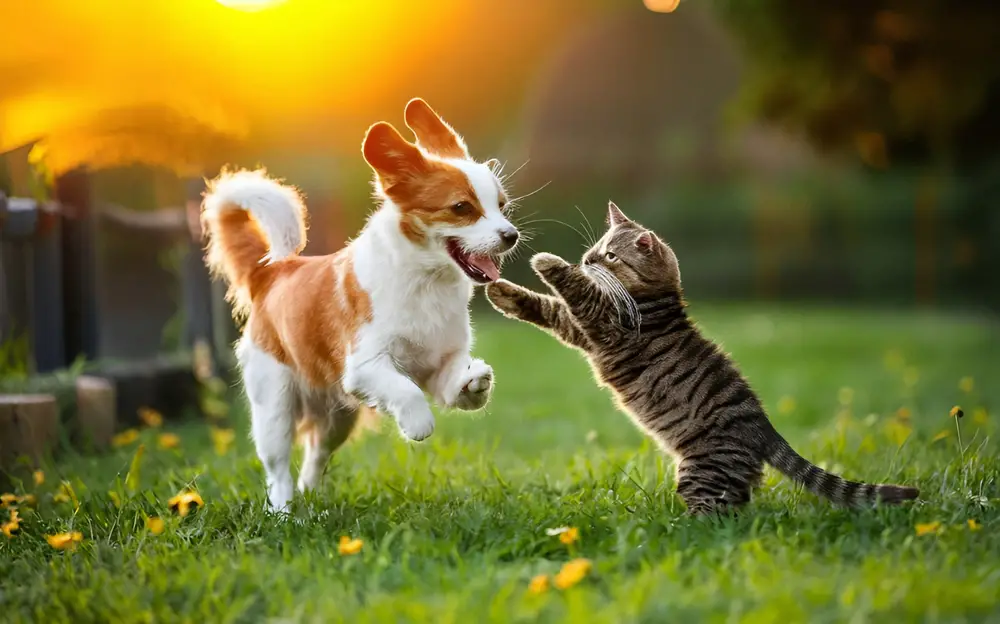
Puppies are clumsy, wobbly, and full of awkward, playful energy that’s simply delightful to watch. Their unpredictable movements spark a sense of joy and make us laugh, releasing dopamine, the feel-good hormone, in our brains.
5. Instant “Nurture Mode” Activation
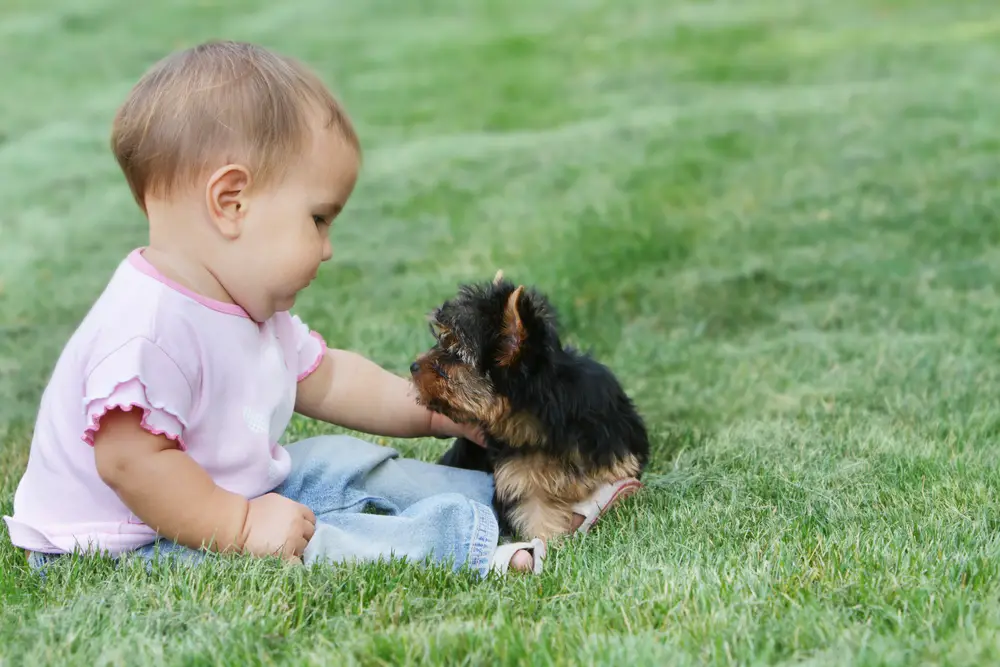
Puppies appear so helpless, which pulls at our “caretaker instincts.” Our brains release oxytocin, a bonding hormone, when we see them, creating a sense of connection. While babies trigger this response, too, puppies’ helplessness is often more exaggerated, making us feel an extra sense of responsibility.
6. Smaller Proportion, Bigger Appeal
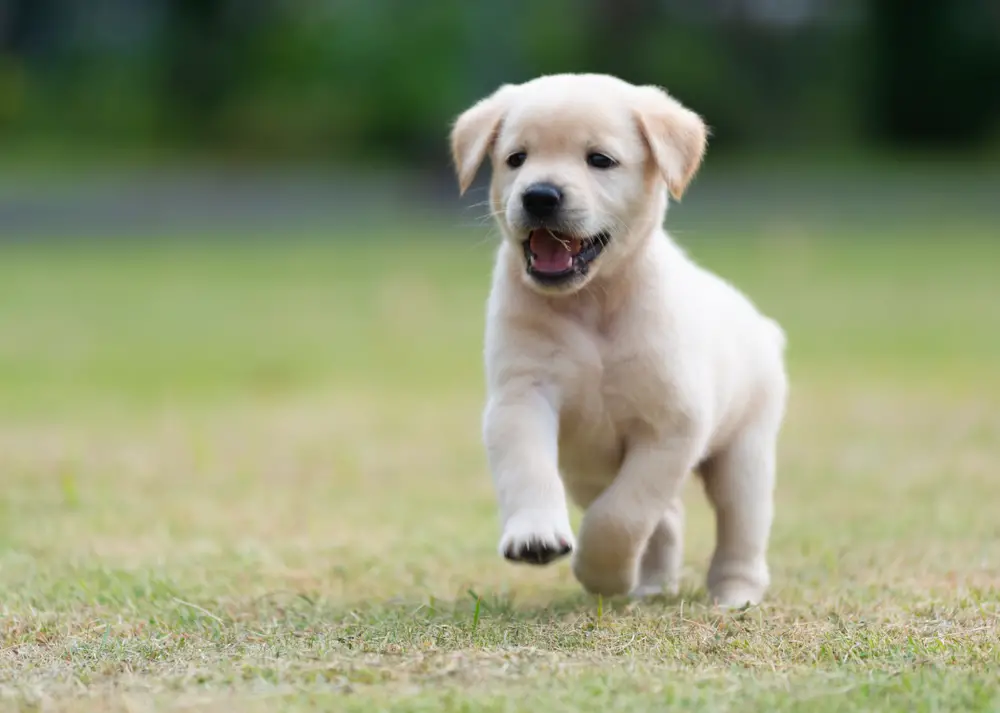
The smaller a creature is, the more our brains seem to respond with affection. Puppies, being smaller than babies in most cases, activate a kind of “miniature effect” that makes them seem even more precious and delicate.
7. Puppy Faces are Emotionally Expressive
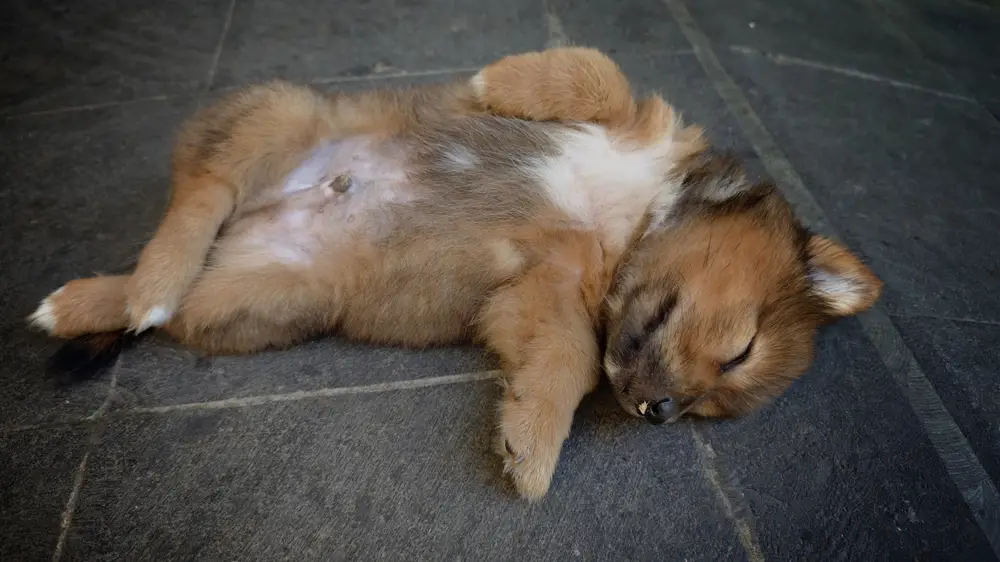
Puppy expressions—those sad, droopy eyes or an adorably tilted head—project emotions that our brains can easily read. This emotional projection creates a sense of empathy and makes us want to protect them, often more so than with human babies who communicate differently.
8. Sounds That Pull at the Heartstrings
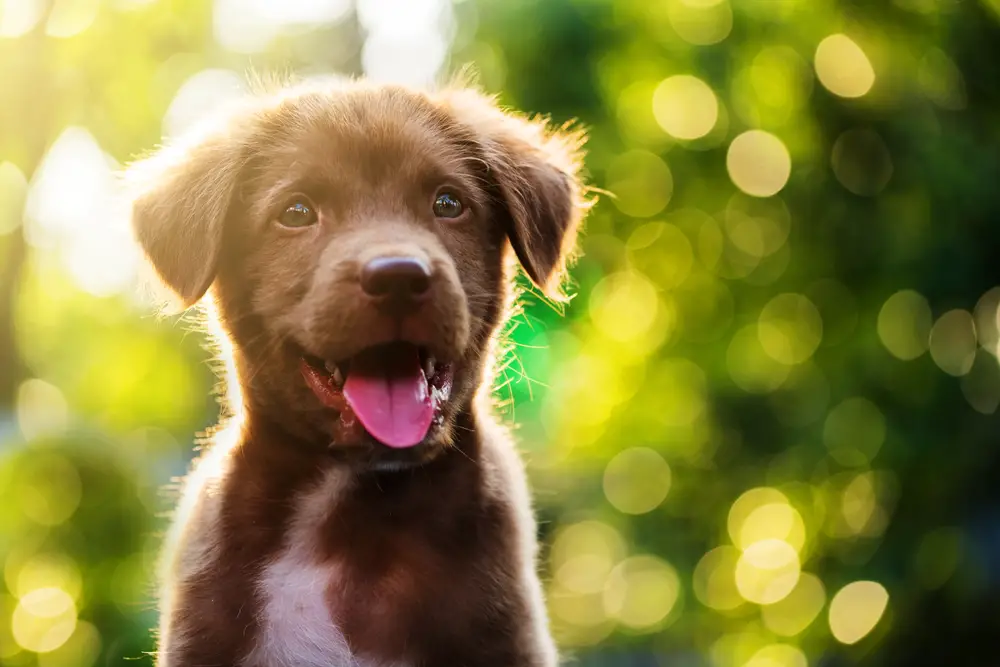
High-pitched puppy sounds like little yips and whines mirror the sounds of human infants, but with a touch more vulnerability. Our brains are naturally drawn to these sounds, which signal that the creature needs comfort and care, reinforcing that cuteness overload.
9. Social Media’s “Puppy Bias”
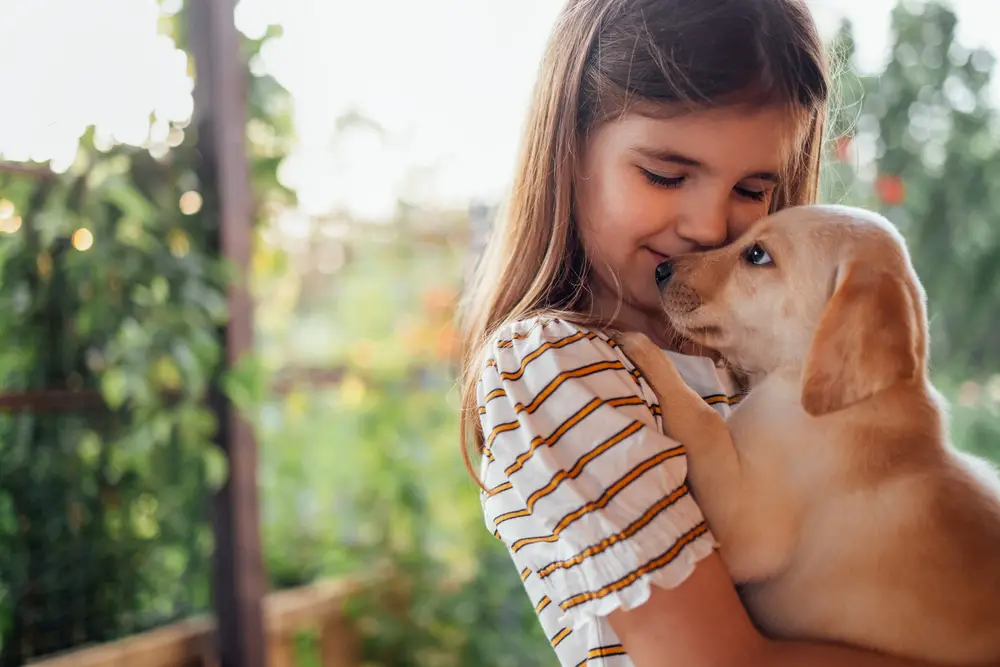
The internet is filled with puppy videos, memes, and images, which trains our brains to see puppies as ultimate sources of joy and positivity. This constant exposure may skew our “cuteness radar” to associate puppies with pure happiness more than we do with babies.
10. Puppies Can Be Less Demanding
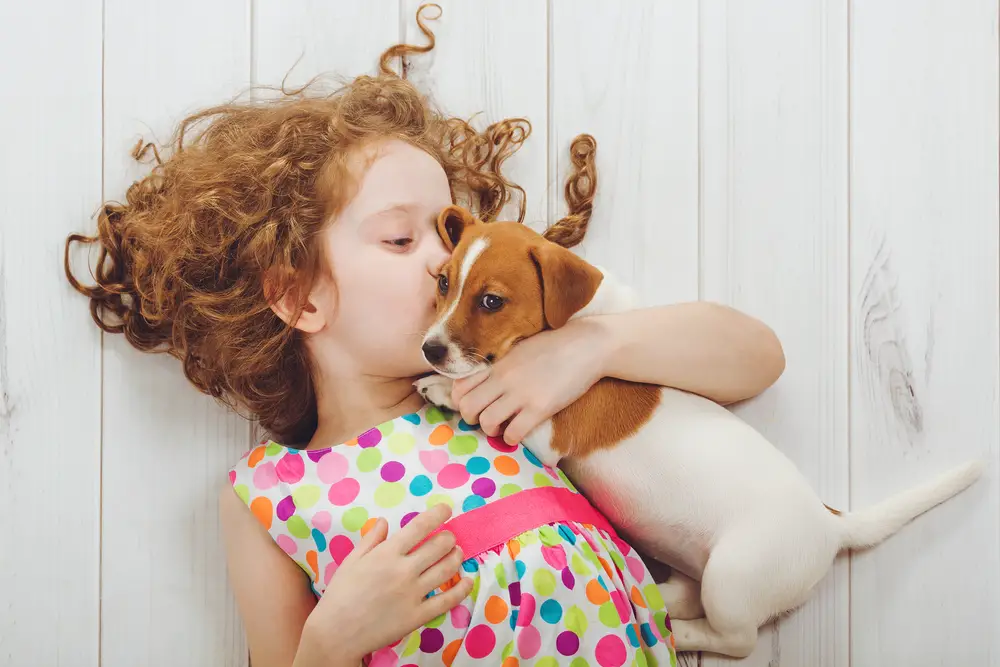
Unlike babies, puppies can sleep through the night pretty early on and don’t demand the same 24/7 care, which can make them feel like a “lighter” commitment. Our brains may perceive puppies as easier to engage with, making them more appealing for busy or stressed-out people.
11. Puppies’ Faces Are Highly Symmetrical
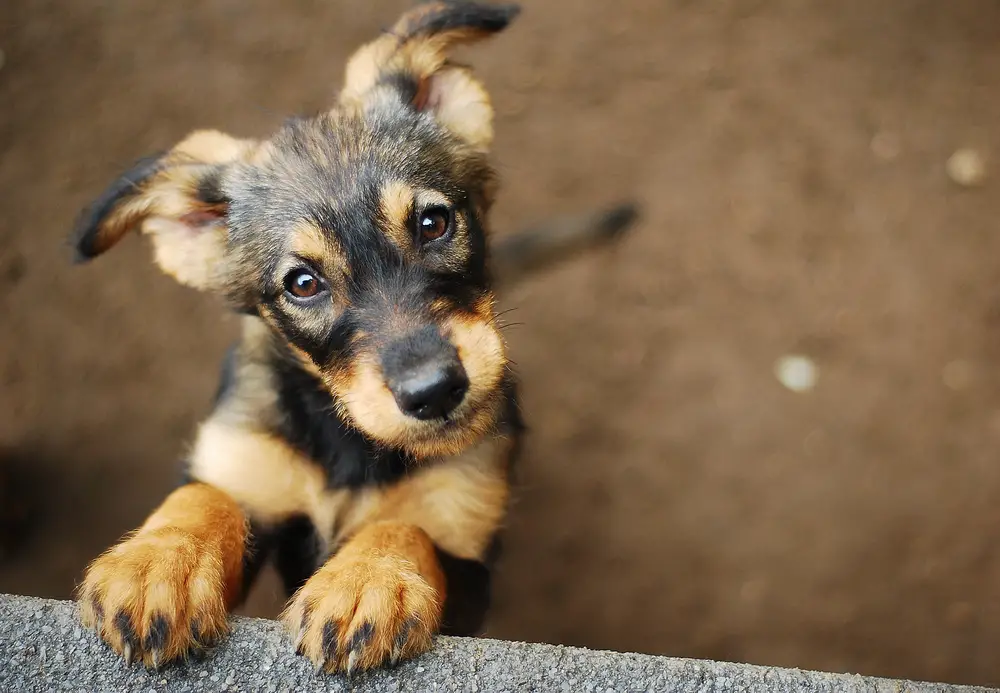
Our brains are naturally drawn to symmetry, which we often interpret as beauty and appeal. Puppies tend to have more symmetrical faces, which lights up the brain’s reward centers more than a human baby’s less uniformly symmetrical features.
12. The “Survival Instinct” Effect
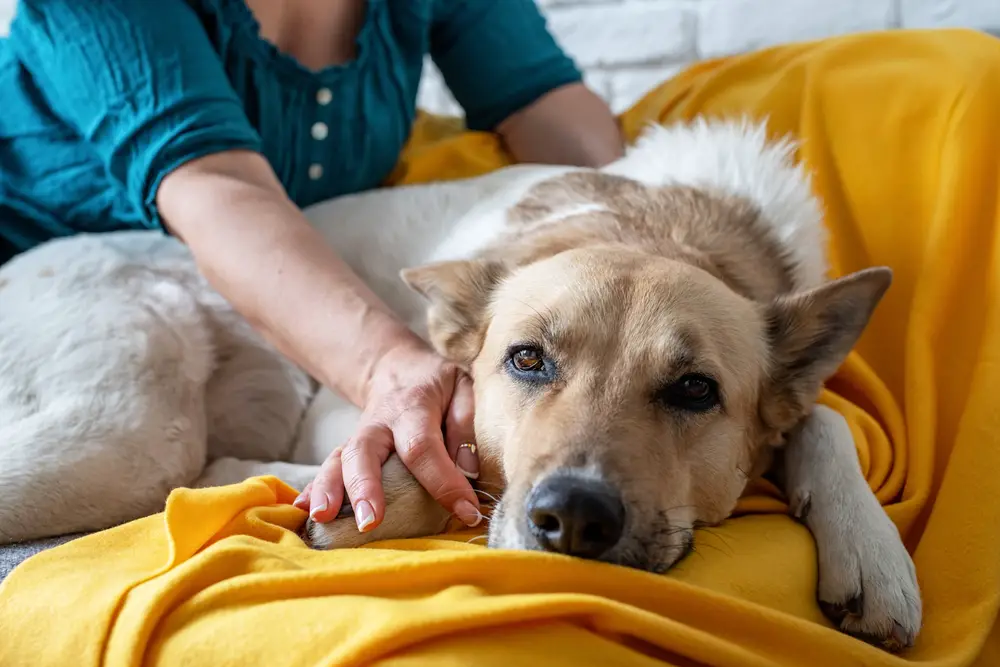
Evolution has crafted puppies to appear helpless to appeal to potential caregivers for survival. While babies evoke this response, puppies’ exaggerated “helpless” look may spark an even stronger nurturing reaction in certain individuals, making them seem cuter by comparison.
13. Puppies Stir a Sense of Innocence and Play
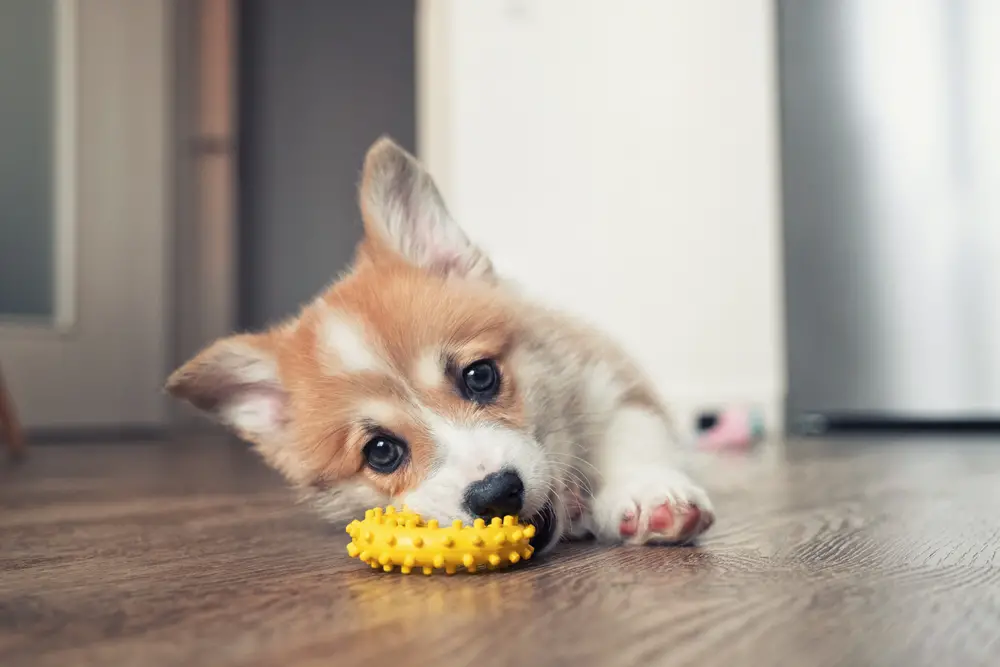
Puppies are brimming with innocence, curiosity, and enthusiasm for exploring the world. Their playful interactions and small “adventures” create a lightheartedness that taps into our desire for joy and youthfulness, making them feel irresistibly cute.
14. The Brain’s Dopamine Rush

Just looking at cute things, like puppies, triggers dopamine release in the brain, leading to a rush of pleasure and joy. Puppies’ lovable faces, happy barks, and playful antics often hit our pleasure centers harder than babies do, making them hard to resist.


